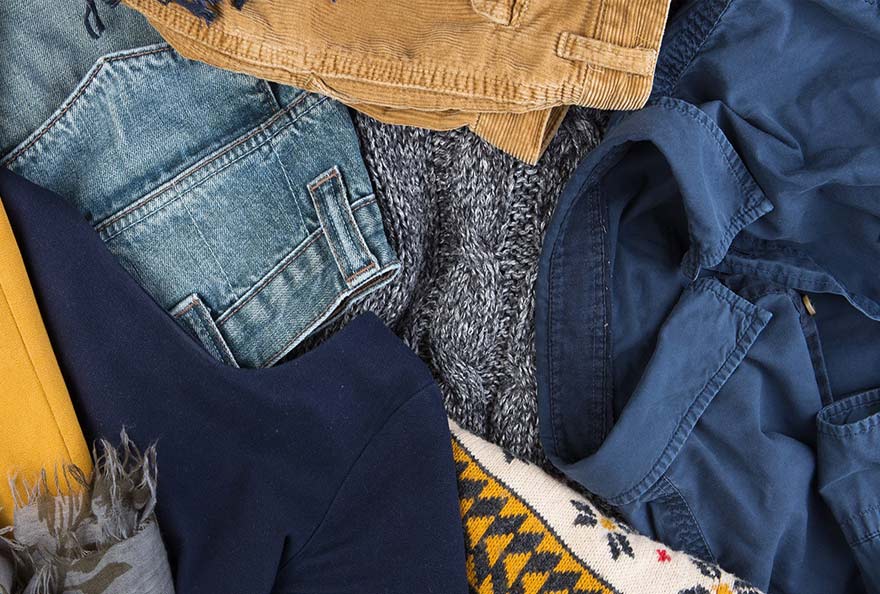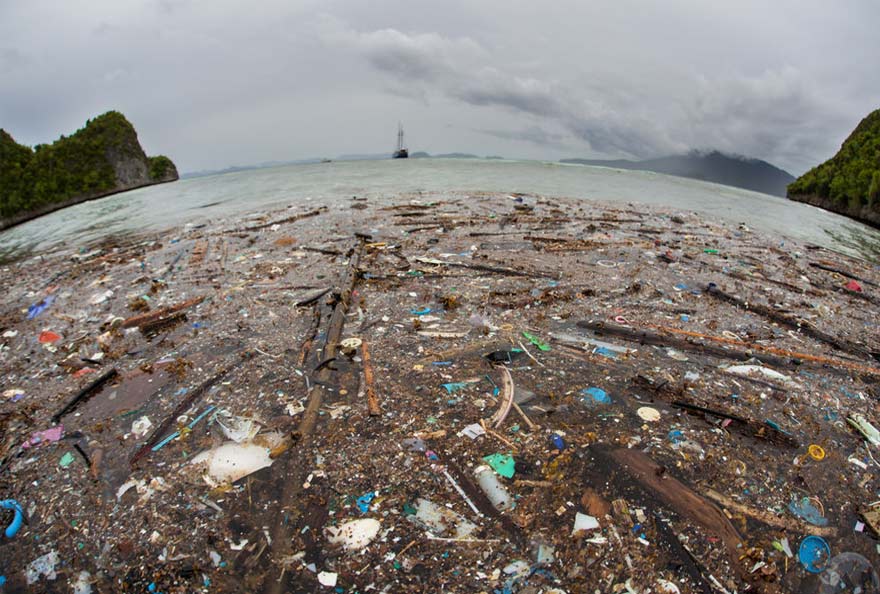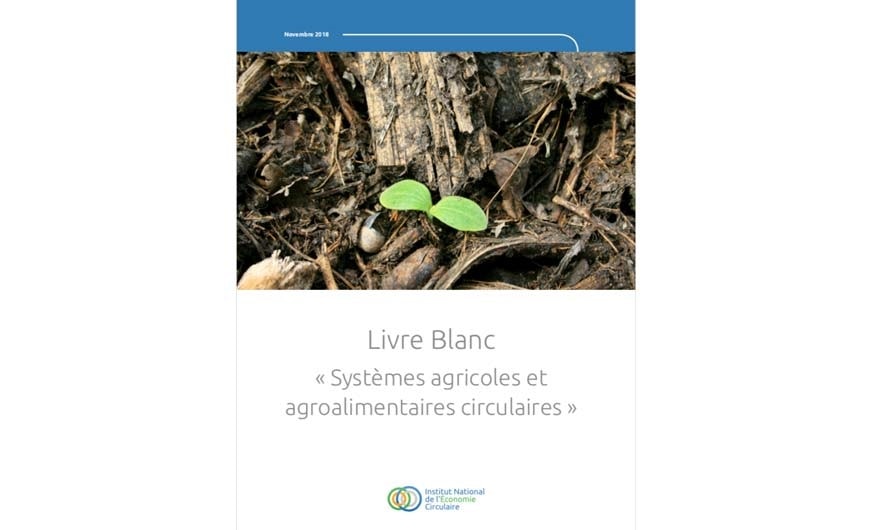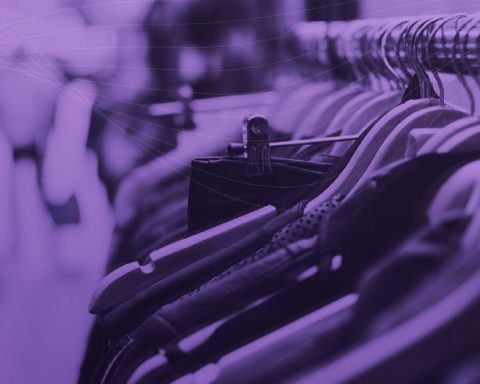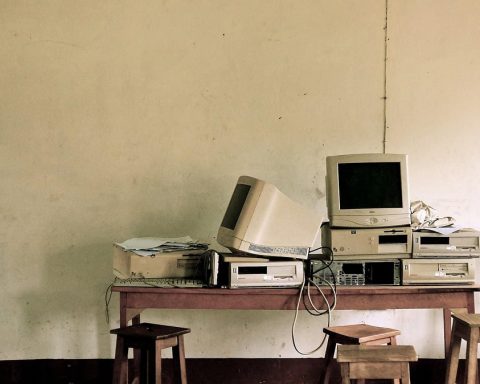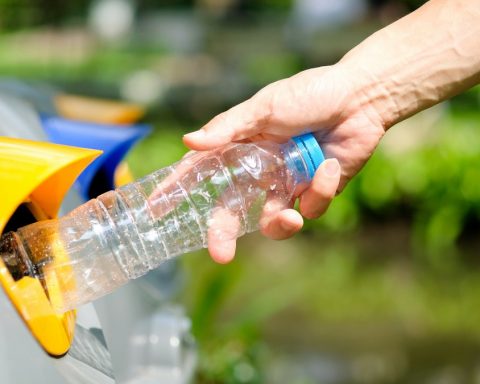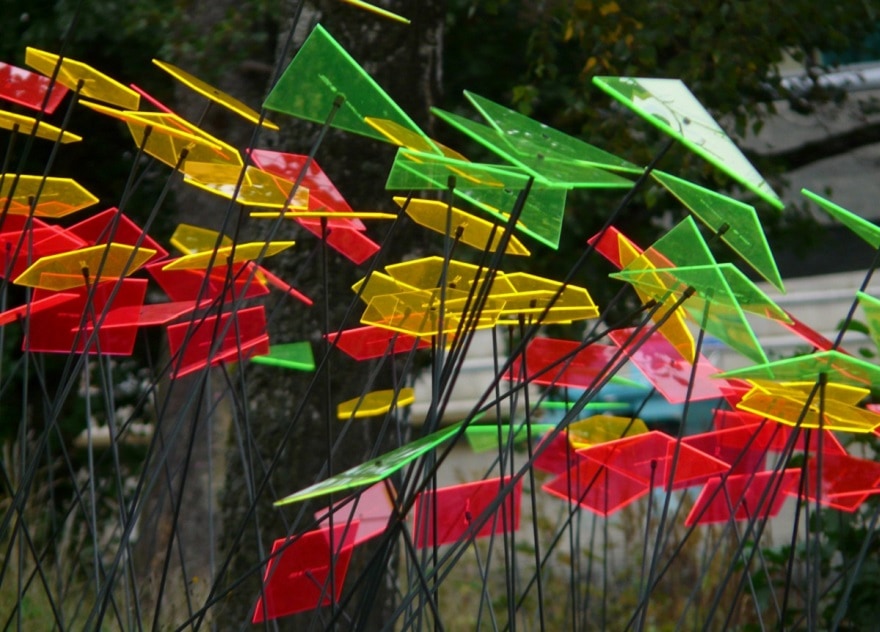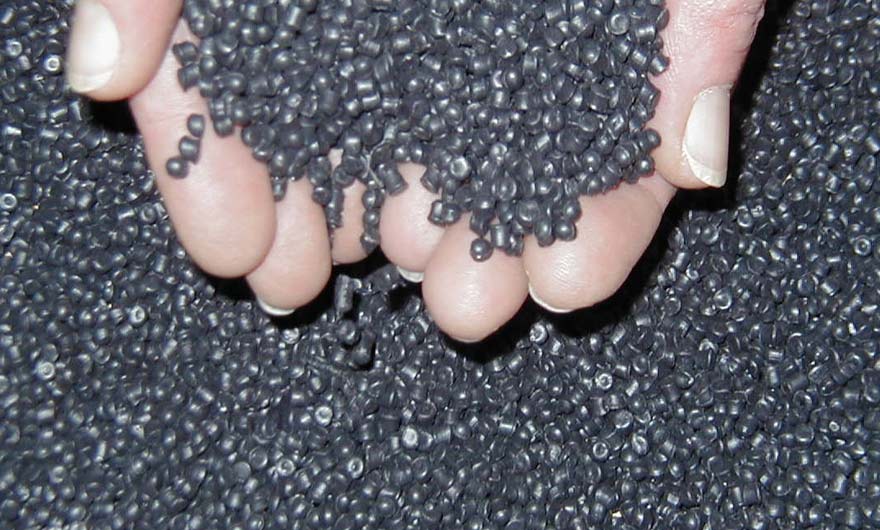Etat des lieux
Les microfibres plastiques : À chaque lavage, des milliers de microfibres plastiques provenant des fibres synthétiques (vierges ou recyclées) se libèrent sans pouvoir être filtrées par les systèmes d’épuration. Elles finissent dans les océans, où elles sont ingérées par de multiples espèces sous-marines pouvant se retrouver elles-mêmes dans notre chaîne alimentaire. Elles mettront des décennies à se dégrader et peuvent contenir des produits chimiques toxiques. Au rythme actuel, d’ici 2050, nous aurons déversé plus de 20 millions de tonnes de microfibres plastiques dans les océans (11).


Industrie textile : vers une économie circulaire



